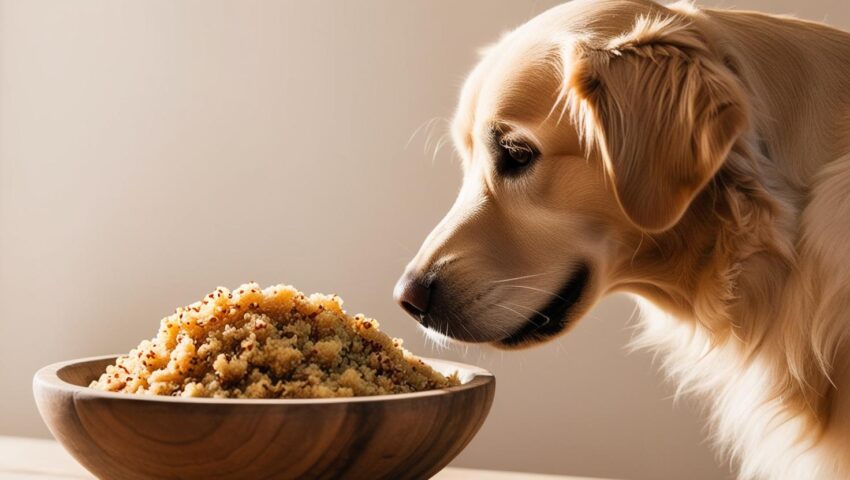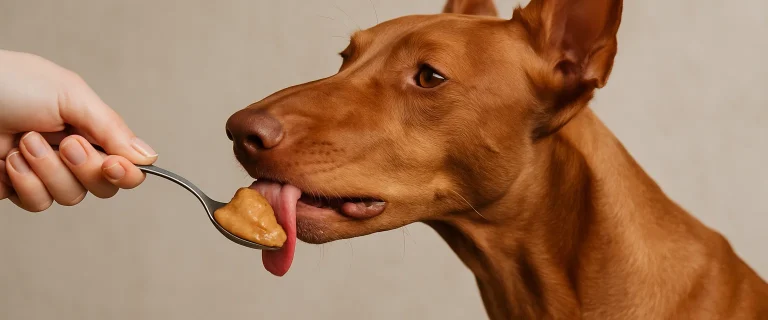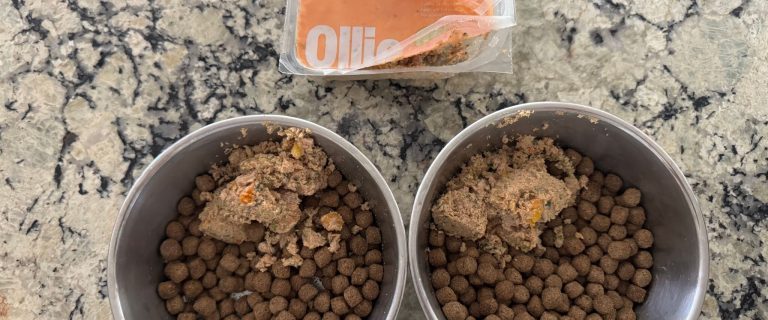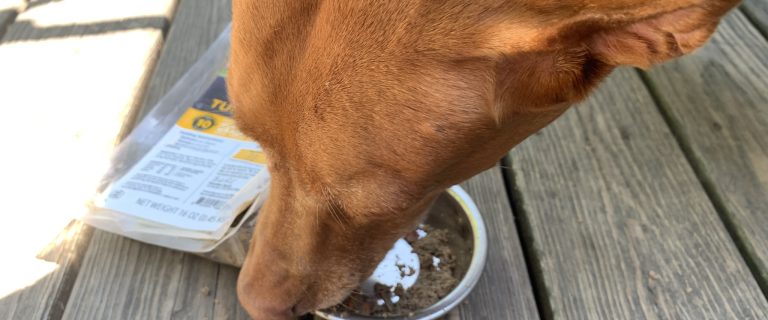If you’re looking for ways to add variety and nutrition to your dog’s diet, quinoa might have crossed your mind. But is this trendy superfood safe for dogs? The answer is yes—dogs can eat quinoa in moderation, and it even offers some surprising health benefits. However, there are a few caveats and best practices to keep in mind before adding it to their bowl. Let’s dive into everything you need to know about feeding quinoa to your furry friend.
You may also like: What Nuts Can Dogs Eat?
What is Quinoa?
Quinoa is a seed that often masquerades as a grain. Native to South America, it has become a popular food in human diets thanks to its high protein content, essential amino acids, and overall nutritional profile. It’s gluten-free, easy to cook, and packed with vitamins and minerals. But how do these benefits translate to your dog’s health?
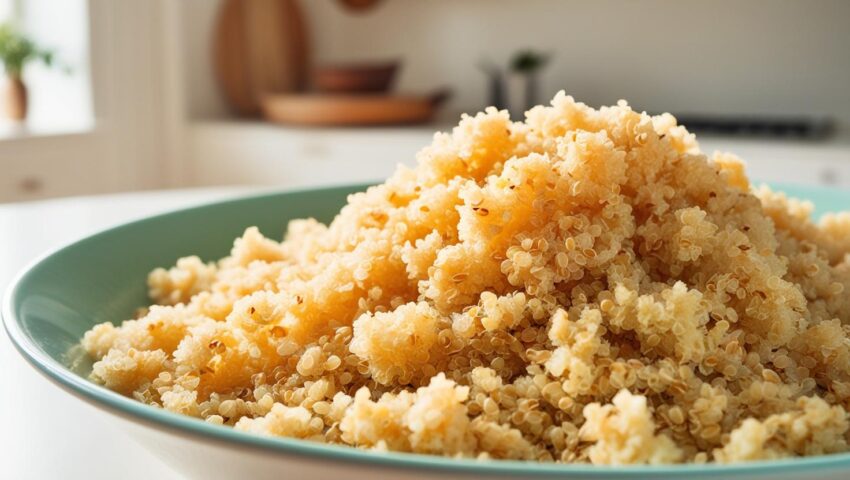
Is Quinoa Safe for Dogs?
In general, quinoa is safe for dogs when prepared properly. The seed is non-toxic and can be a nutritious addition to their diet. However, like any new food, it’s important to introduce quinoa slowly and in moderation to ensure your dog tolerates it well. Some dogs may have sensitivities to new foods, so watch for any signs of an upset stomach, such as vomiting, diarrhea, or lethargy.
Note on Saponins
Quinoa seeds naturally contain saponins, a bitter coating that can cause mild digestive upset in some dogs. While most commercially sold quinoa has already been rinsed to remove this coating, it’s always a good idea to rinse it thoroughly before cooking.
Nutritional Benefits of Quinoa for Dogs
Quinoa is often called a “superfood” for good reason. It’s nutrient-dense and can offer several health benefits for dogs:
1. High in Protein
Quinoa is a great source of plant-based protein, containing all nine essential amino acids. Protein is vital for building and repairing tissues, maintaining muscle mass, and supporting overall growth and health.
2. Rich in Fiber
The fiber content in quinoa supports healthy digestion and can help regulate your dog’s bowel movements. This is especially beneficial for dogs prone to constipation or diarrhea.
3. Packed with Vitamins and Minerals
Quinoa is loaded with essential nutrients, including:
- Iron: Supports healthy blood and oxygen transport.
- Magnesium: Helps maintain strong bones and proper nerve function.
- Potassium: Regulates muscle function and fluid balance.
- B Vitamins: Aid in energy production and overall cellular health.
4. Low in Fat
Quinoa is naturally low in fat, making it a healthy addition for dogs that need to maintain or lose weight.
5. Gluten-Free Alternative
For dogs with gluten sensitivities or allergies, quinoa can be a safe alternative to grains like wheat, barley, or rye.
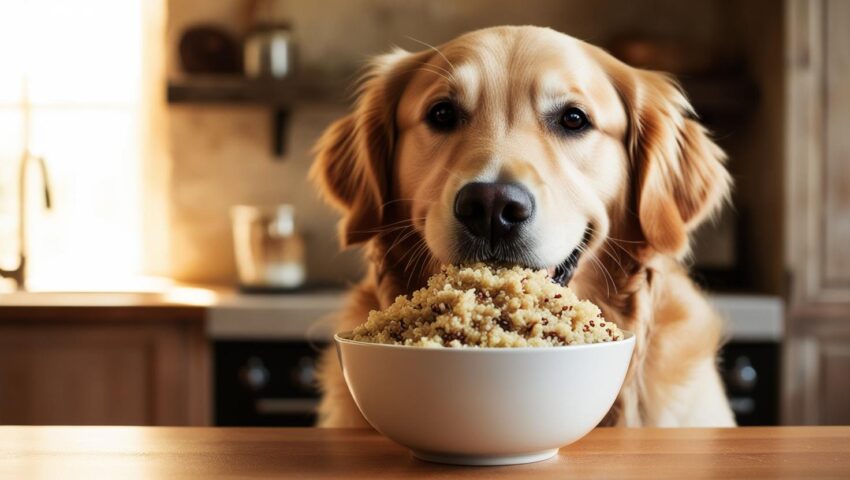
How to Safely Prepare Quinoa for Dogs
Feeding quinoa to your dog is straightforward, but preparation is key to ensuring it’s safe and beneficial for them. Here’s how to do it:
1. Rinse Thoroughly
Even if the packaging says the quinoa has been pre-rinsed, it’s a good idea to rinse it under cold water to remove any residual saponins that could upset your dog’s stomach.
2. Cook Plain
Cook the quinoa in water without adding salt, spices, or seasonings. Ingredients like garlic, onion, and excess salt can be toxic to dogs.
3. Let It Cool
Once cooked, let the quinoa cool to room temperature before serving it to your dog.
4. Mix with Their Regular Food
Start by mixing a small amount of quinoa into your dog’s regular food. A teaspoon to a tablespoon (depending on their size) is a good starting point. Gradually increase the amount if your dog tolerates it well.
5. Monitor for Reactions
After introducing quinoa, keep an eye on your dog for any signs of digestive upset. If they seem fine, you can continue to incorporate quinoa into their diet occasionally.
How Much Quinoa Can Dogs Eat?
Quinoa should be treated as an occasional supplement to your dog’s diet, not a main ingredient. As a general guideline:
- Small Dogs: 1-2 teaspoons per serving.
- Medium Dogs: 1-2 tablespoons per serving.
- Large Dogs: 2-4 tablespoons per serving.
Remember, quinoa should never make up more than 10% of your dog’s daily caloric intake to ensure their diet remains balanced.
Creative Ways to Serve Quinoa to Your Dog
Once your dog has adjusted to eating quinoa, you can get creative with how you serve it. Here are a few ideas:
1. As a Topper
Sprinkle a small amount of cooked quinoa on top of your dog’s regular kibble or wet food for an extra boost of nutrition.
2. Mixed with Veggies
Combine quinoa with dog-safe vegetables like carrots, green beans, or pumpkin for a tasty and nutritious side dish.
3. In Homemade Dog Treats
You can use quinoa as an ingredient in homemade dog biscuits or training treats. Just make sure all other ingredients are dog-safe.
4. With Lean Protein
Mix quinoa with cooked, unseasoned chicken, turkey, or fish to create a protein-packed meal.
When to Avoid Feeding Quinoa
While quinoa is generally safe, there are situations where it’s best to avoid feeding it to your dog:
1. Allergies or Sensitivities
If your dog shows signs of an allergic reaction or intolerance (e.g., itching, vomiting, diarrhea), discontinue feeding quinoa and consult your vet.
2. Underlying Health Conditions
Dogs with certain health conditions, such as kidney disease, may require a specialized diet and should avoid foods like quinoa without veterinary approval.
3. Uncooked Quinoa
Never feed raw or uncooked quinoa to your dog. It’s hard to digest and can cause gastrointestinal discomfort.
Alternatives to Quinoa for Dogs
If quinoa doesn’t agree with your dog or you’re looking for other options, consider these nutritious alternatives:
- Brown Rice: Easy to digest and a great source of energy.
- Oats: High in fiber and good for sensitive stomachs.
- Sweet Potatoes: Packed with vitamins and easy to prepare.
- Barley: A fiber-rich grain that can help support digestion.
Final Thoughts
Quinoa can be a healthy and nutritious addition to your dog’s diet when prepared and served correctly. It’s packed with protein, fiber, and essential nutrients that support overall health. However, moderation is key, and you should always consult your veterinarian before introducing new foods into your dog’s diet. With proper preparation and mindful feeding, quinoa can be a tasty and beneficial treat for your furry friend.
Author
-

Hi there! I'm Nicole, the editor-in-chief and one of the writers here at DogVills. I've been a dog owner for most of my adult life and a dog lover for much longer than that. I grew up with a wonderful German Shepherd named Jake, who I loved SO much that I named my son after him. When I'm not writing for DogVills or my own site, Pretty Opinionated, I love spending time with my teenager (when he actually lets me) and my Pharaoh Hound, Freya. I'm also an avid reader AND a total TV fanatic.
View all posts
